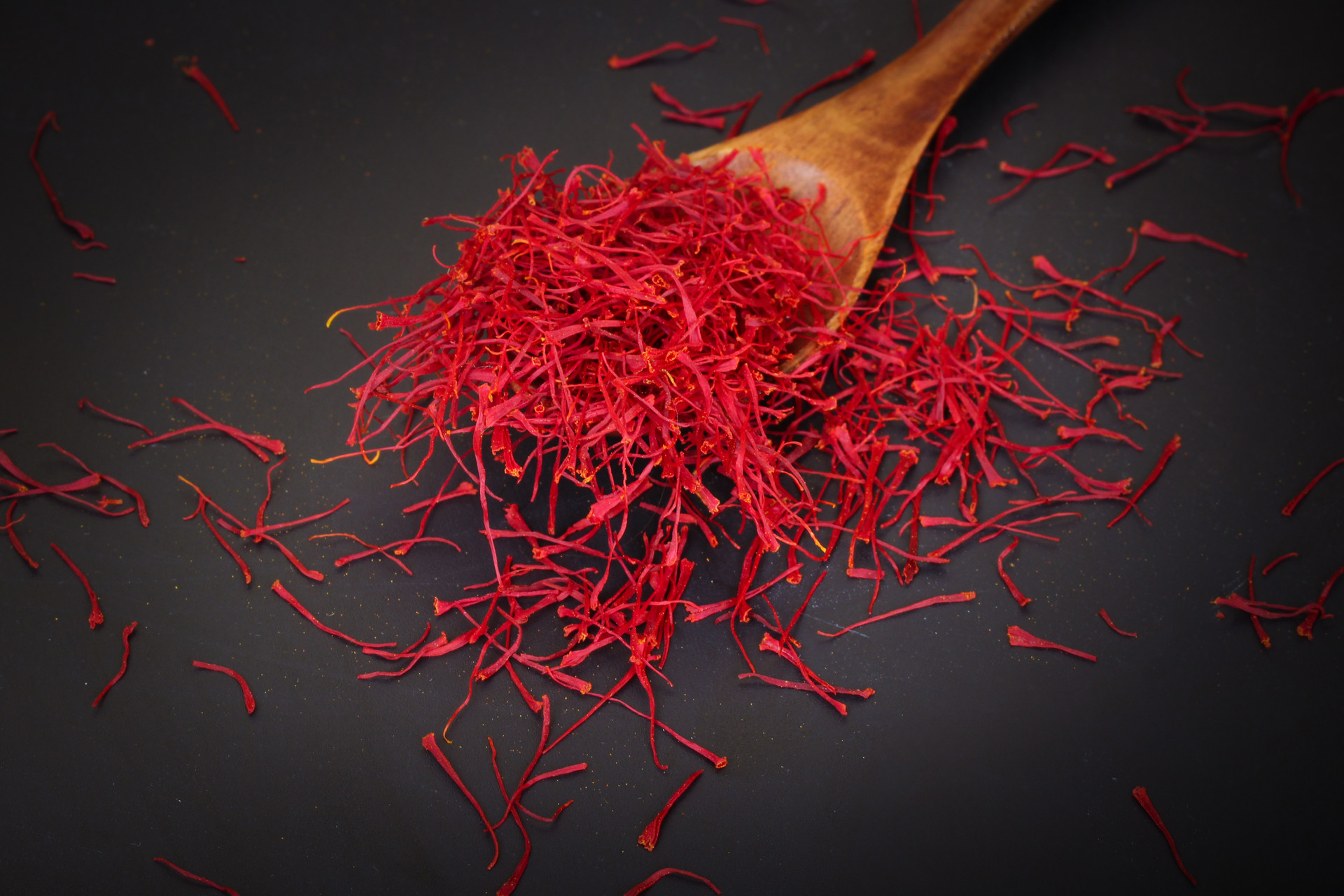Red leg powder is a type of traditional Chinese medicine that can be used to treat gynecological diseases such as dysentery, leucorrhea, and amenorrhea. In addition, red leg powder also has the effect of promoting blood circulation and reducing swelling, and can be used to treat bruises. Let's take a look at the cultivation method of red leg powder.
Image of red leg powder
[Effects and Functions of Red Leg Powder]
Chinese medicine believes that red leg powder has the effects of clearing heat, detoxifying, promoting blood circulation, and reducing swelling. It is mainly used to treat dysentery, leucorrhea, headache due to blood heat, irregular menstruation, mastitis, and bruises.
1. "Compilation of Folk Commonly Used Herbs": "Clears heat from the three burners. Treats dizziness."
2. "Hunan Materia Medica": "Relieves pain."
3. "Practical Selection of Guangxi Traditional Chinese Herbs": "Reduces swelling and detoxifies. Treats snake bites, boils, unknown swellings, and mastitis."
4. "Commonly Used Traditional Chinese Herbs in Sichuan": "Clears heat, promotes blood circulation. Treats internal injuries, headaches due to blood heat, excessive menstrual flow, amenorrhea, cough due to deficiency fire, dysentery, and ulcers."
Image of red leg powder
[Characteristics of Red Leg Powder]
Red leg powder is a perennial herb of the Polygonaceae family. It forms dense clumps and has head-like inflorescences. Red leg powder prefers light but can tolerate shade, and is resistant to cold and poor soil conditions.
Red leg powder is not only used as ground cover, but also used in many modern Chinese-style gardens to enhance the Chinese charm.
The flowers and leaves of red leg powder have some unique markings. In spring, the young branches, leaf stalks, and leaf veins are reddish-purple. In summer, the mature leaves are green with rust-red spots in the center and light purple-red edges.
In addition to its color, red leg powder has a distinct feature: the base of the leaves has a pair of round ears with black-purple markings on top.
Red leg powder is often a wild plant and is similar to another Polygonaceae plant, Persicaria capitata. However, in recent years, red leg powder has been more commonly used in gardens.
Image of red leg powder
[Cultivation Method of Red Leg Powder]
1. Biological Characteristics
Red leg powder prefers shade and moisture, and can tolerate cold temperatures. It prefers loose, fertile, and well-drained soil.
2. Cultivation Techniques
Propagation can be done through division and seeding, with division being the main method. From late winter to early spring before the plant emerges, dig up the rhizomes and divide them into individual plants, leaving buds and roots on each plant. When planting, plow the land and create 1.3m wide ridges with rows and spacing of about 33cm.
Plant 2 plants per hole, compact the soil, and apply livestock manure and wood ash, finally covering with fine soil to be level with the ridges.
3. Field Management
After planting, weed and fertilize 3 times per year. The first time is right after emergence in March, the second time is in June to July, and the third time is during winter when the plant withers. Cut off the withered stems and leaves before fertilizing, and cover with soil for winter. The first and second fertilizations should mainly use livestock manure, while the third fertilization can use wood ash or compost.












